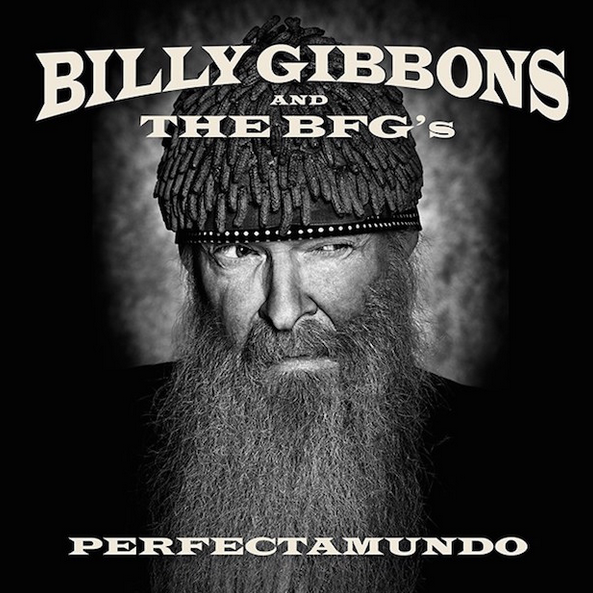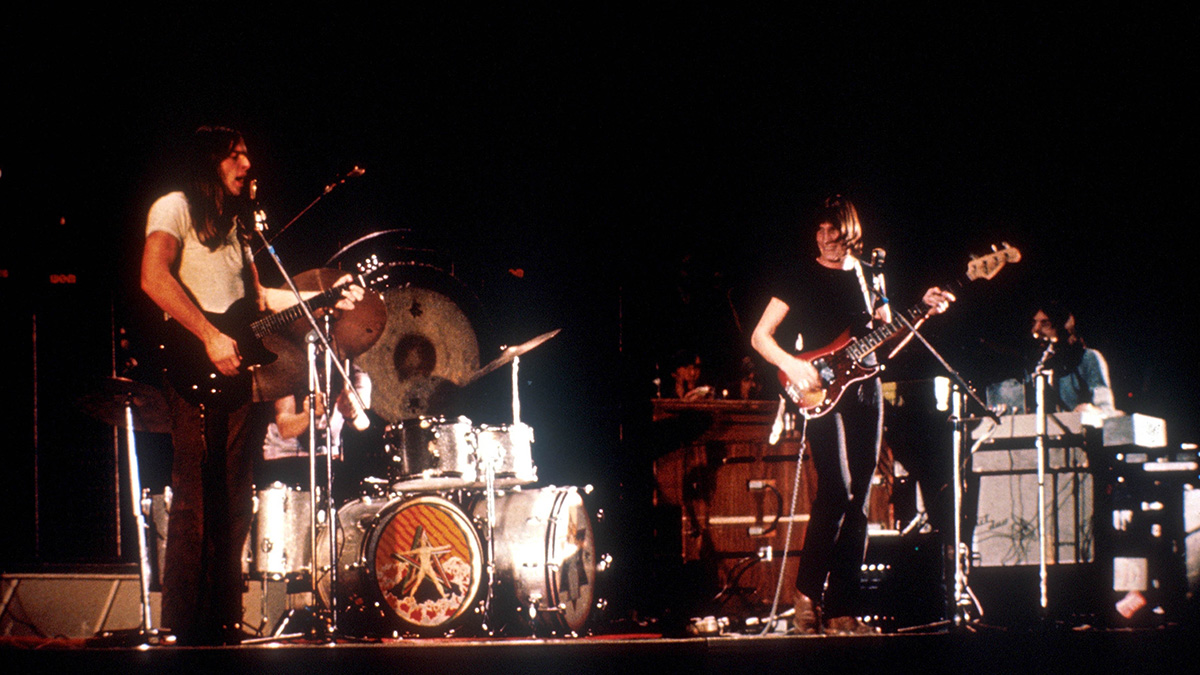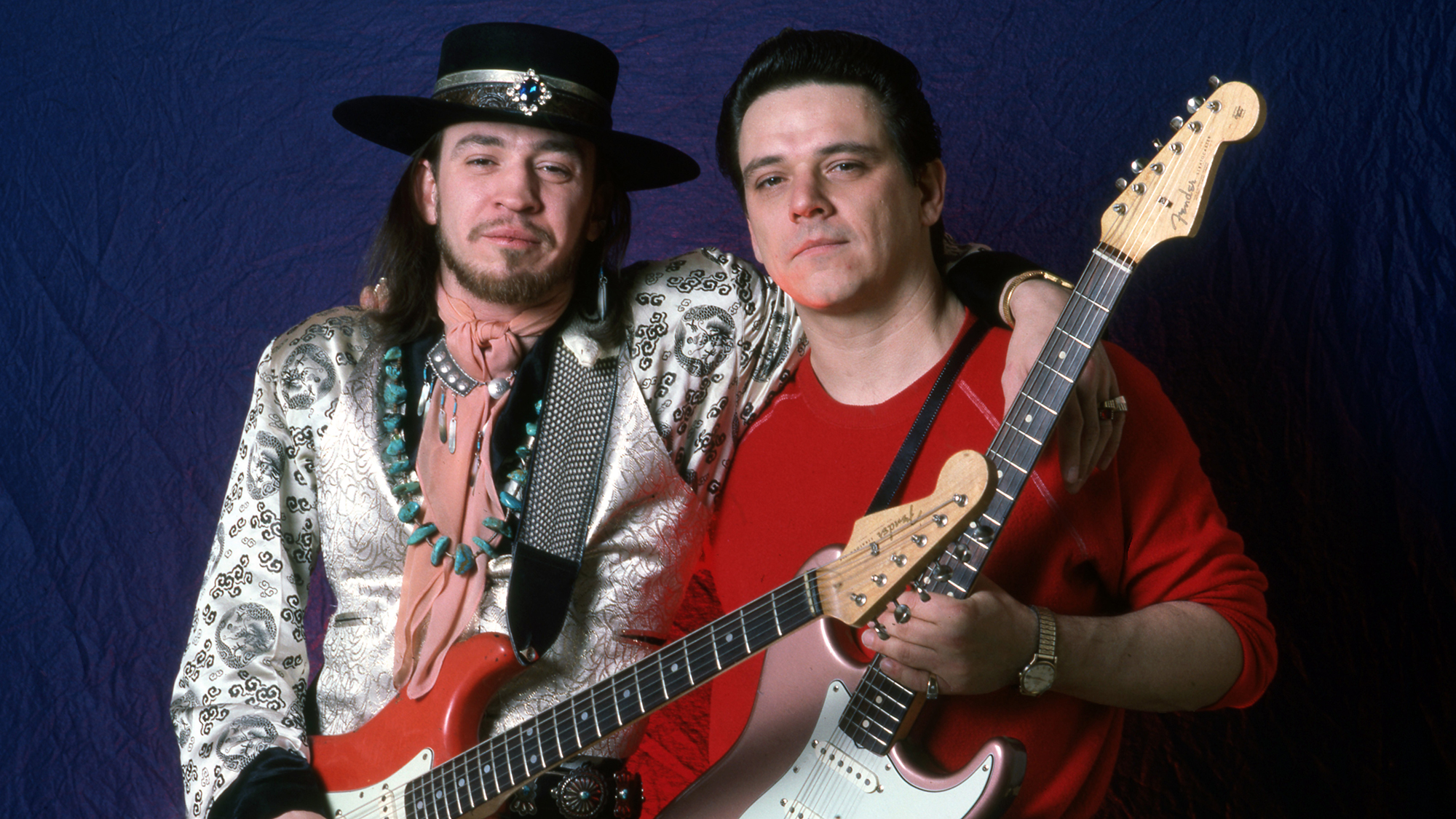ZZ Top's Billy Gibbons Premieres "Treat Her Right" Music Video

ZZ Top guitarist Billy Gibbons has premiered a new music video for "Treat Her Right," a track from his upcoming solo album, Perfectamundo, which will be released November 6 via Concord Records.
The album has been described as a bilingual record with "Afro-Cuban flavor."
According to Billboard, Gibbons was invited to Havana last year to perform at the Havana Jazz Festival. He didn't attend the event, but he says Cuban music inspired the new album, which was recorded in his Houston studio and in Los Angeles, Austin and Pontevedra, Spain, with a group of musicians dubbed the BFGs.
"Altogether, the group displays a rare understanding of Cuban music of the pre-revolution 1950s, and is also learned in the rock and metal exemplified by the likes of ZZ Top," says a press release about the album.
All we can say is, stay tuned for more info!
Get The Pick Newsletter
All the latest guitar news, interviews, lessons, reviews, deals and more, direct to your inbox!

Damian is Editor-in-Chief of Guitar World magazine. In past lives, he was GW’s managing editor and online managing editor. He's written liner notes for major-label releases, including Stevie Ray Vaughan's 'The Complete Epic Recordings Collection' (Sony Legacy) and has interviewed everyone from Yngwie Malmsteen to Kevin Bacon (with a few memorable Eric Clapton chats thrown into the mix). Damian, a former member of Brooklyn's The Gas House Gorillas, was the sole guitarist in Mister Neutron, a trio that toured the U.S. and released three albums. He now plays in two NYC-area bands.









